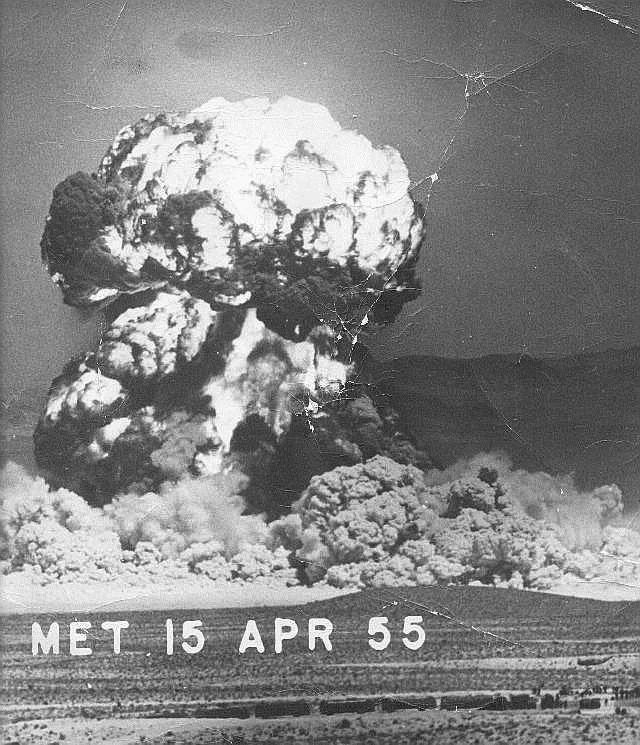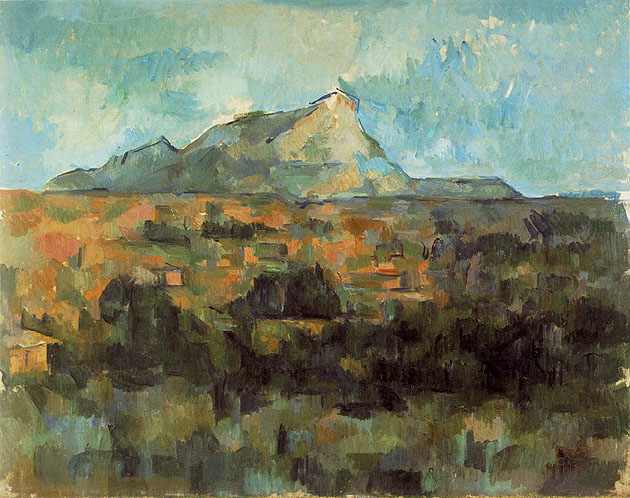
|
Lorna Mills and Sally McKay
Digital Media Tree this blog's archive OVVLvverk Lorna Mills: Artworks / Persona Volare / contact Sally McKay: GIFS / cv and contact |
View current page
...more recent posts
On Thurday I'm gonna be on a panel moderated by Hal Niedzviecki, a man who's work I deeply respect, editor of the zine of zines, Broken Pencil. The topic of the panel is Hal's new book called Hello I'm Special: How Individuality Became the New Conformity. The book is about pop culture selling us on the idea that we should all be rock stars and seeding us with a deep craving and feeling of entitlement for our own celebrity status. But of course we're not all gonna be celebrities, and pop culture makes sure of that fact by keeping a monopolistic grip on the means of production of mainstream media. This creates disappointment and feelings of failure. Worse, rebellion is rendered meaningless, as rebelliousness itself is now a commodified style. The book raised some thoughts/responses for me:
- Celebrity is only a commodity when it is pursrued as an end in and of itself. Yes being cute and fuckable counts for too much in this world, but in fact, most forms of public recognition are actually the side effects of doing noteworthy work.
- Celebrity is a red-herring, a stand-in for meaning. Once we are fed, clothed and sheltered, looking for meaningful work is a top priority motivator. Recognition is a sign from the external world that we are doing something of value, but its the value we need, more than the accolades.
- Rebellion as a lifestyle choice deserves to be commodified! If you aren't bothered by anything in particular, why rebel? And if you are actually resisting something, who cares what you are wearing?
- Remember when Bank of Montreal bought "The Time's They Are A Changing" and tried to sell us financial services with ads of people holding up handwritten signs?...Remember when Billy Bragg reclaimed the song at a rally in Toronto during Days of Protest, belting it out over a tearful crowd who raised their voices with pride to sing along?...Anyone who's old enough to have been through their own pop sell-out dissillusion-and-reclamation experience, in short any who's lived through the past few decades of rising corporate culture...these people know that mass media will sell you your own soul, if you let it.
My kitty drawing is posted over on Tino's photo blog, Bike Lane Diary. The cat's in good company with lots of photos of intrepid winter cyclists.
quote from "Video's Body, Analog and Digital" by Laura U. Marks:
Among digital videomakers, one of the manifestations of the desire for indexicality is what I call analog nostalgia, a restrospective fondness for the "problems" of decay and generational loss that analog video posed. In the high-fidelity medium of digital video, artists are importing images of electronic dropout and decay, "TV snow" and the random colors of unrecorded tape, in a sort of longing for analog physicality. Analog nostalgia seems especially prevalent among works by students who started learning video production when it was fully digital.
[...]
While analog video suffers from bodily decay as the tape demagnetizes, digital video decays through "bit-rot", William Gibson’s evocative term for information loss that renders images in increasingly large and "forgetful" pixels. Crime TV shows us digital forgetting to blur faces into pixels. Artworks use it to metaphorize memory and information loss. In Déconstruction by Rémi Lacoste (1997), a shot of a building being demolished is rendered virtual by digital editing: the building reassembles, deconstructs again, and then deconstructs more terribly due to image compression, a kind of digital Alzheimer’s where the image is saved as just a few bytes of memory. Anthony Discenza’s The Vision Engine (1999), Phosphorescence (1999), and other works exploit the ability of pixelization to render the familiar strange. Phosphorescence begins with Rothkoesque images, gorgeous scumbled forms in deep red, lemon yellow, and blue-gray. Stripped of the digital algorithm that transformed them, the source images turn out to be just evening news broadcasts. Plundered images are manipulated so as to give us the immediacy of pre-symbolic perception that an Eric Siegel 1968 electronically synthesized video did [7].


Image above and text below are from Don Doyle's page at the US Atomic Veterans History Project website. Great photos and testimonials.
Our battalion, The 95th Combat Engineers were on site for the Turk shot. When it went off we were told that it was necessary for us to immediately leave the area and we left when the busses got there. There were teams of people with geiger counters to check us. We were brushed off with brooms as we entered the busses. I suppose that there was some radiation on our uniforms as the fallout cloud appeared to be drifting directly over us. We had no special equipment other than it was very cold and we had on all the cold weather clothing that we had.
We went back the next day and walked toward ground zero until we were told to go back. We passed various types of armored equipment that had been tossed around by the blast and also there were some pieces of the tower mixed in with it. I could identify something that looked like a huge turnbuckle that would have stretched the supporting cables. Also, there were some rabbits that were running around and appeared to be blind and had their fur singed.
The site also has an interesting section on declassified government documents.
 Paul Cézanne, Mont Sainte-Victoire Seen from Les Lauves (1904-06) [source]
Paul Cézanne, Mont Sainte-Victoire Seen from Les Lauves (1904-06) [source]Excerpt from a longer essay I am working on: In 1905, the painter Paul Cézanne was pushing himself relentlessly at the edges of perception, tossing torn paintings out the window in frustration (according to legend) and casting new depictions of space onto canvas with an unprecedented and hard-won level of abstraction. That year Einstein published three papers: one on Brownian Motion (providing a mathematical explanation for the apparently random, zig-zagging motion of particles suspended in liquid), one on special relativity (introducing the mind-bending physical law that the time and space are inextricably connected, such that the faster an object moves in space, the slower it moves in time), and a paper stating that light, previously considered exclusively as a wave, sometimes behaves like stream of discrete particles, tiny bundles or "quanta" of energy. The wave/particle theory laid the groundwork for quantum physics.